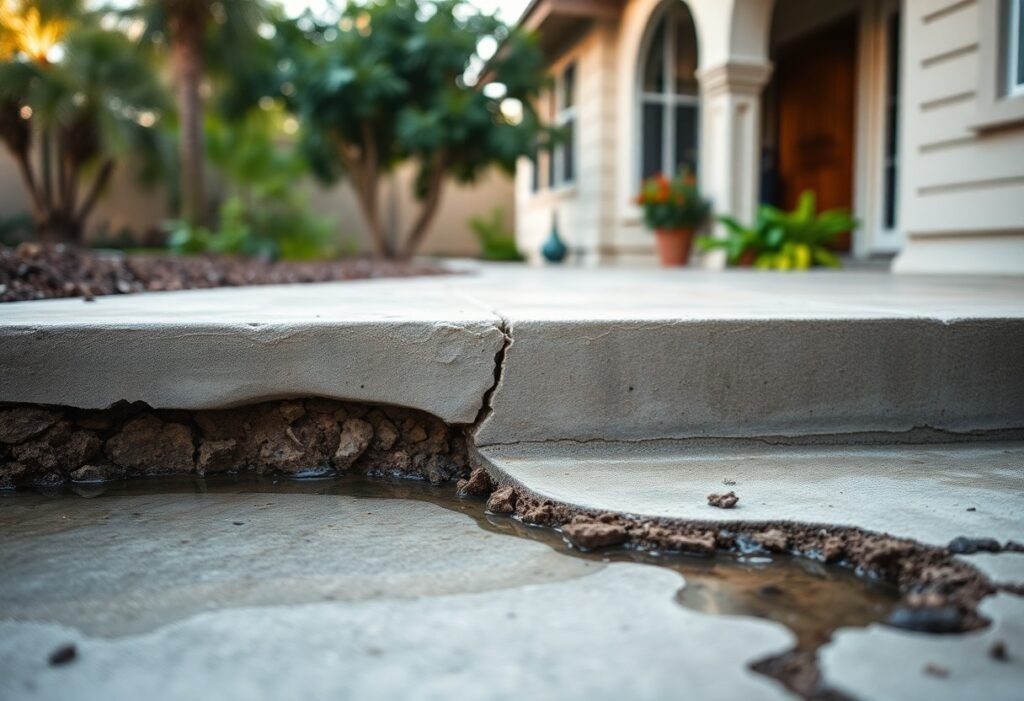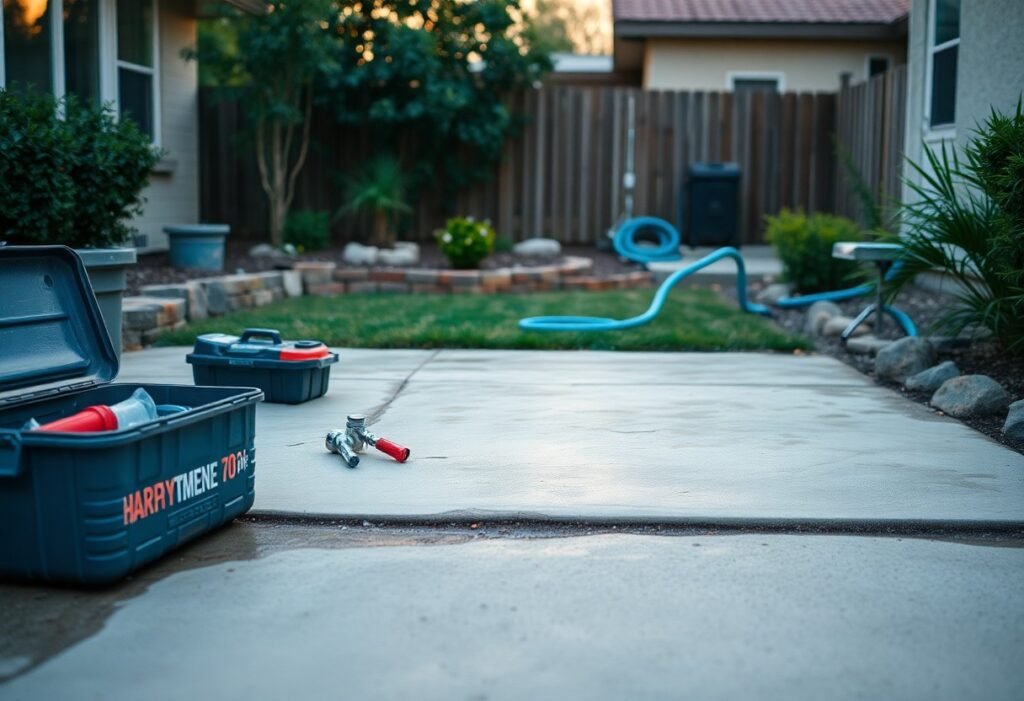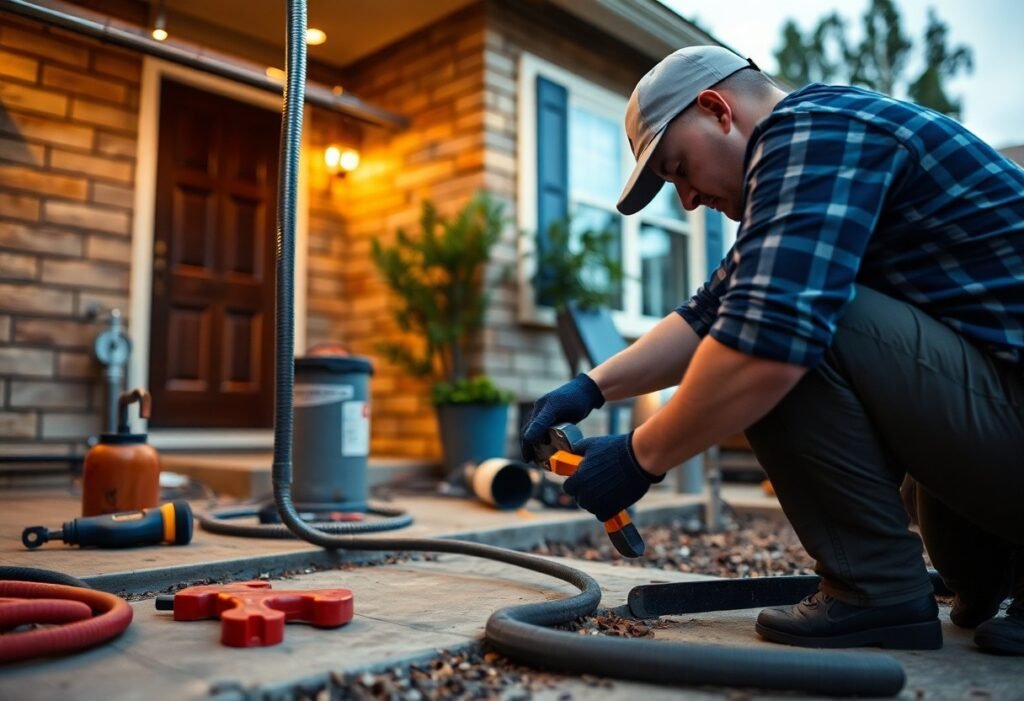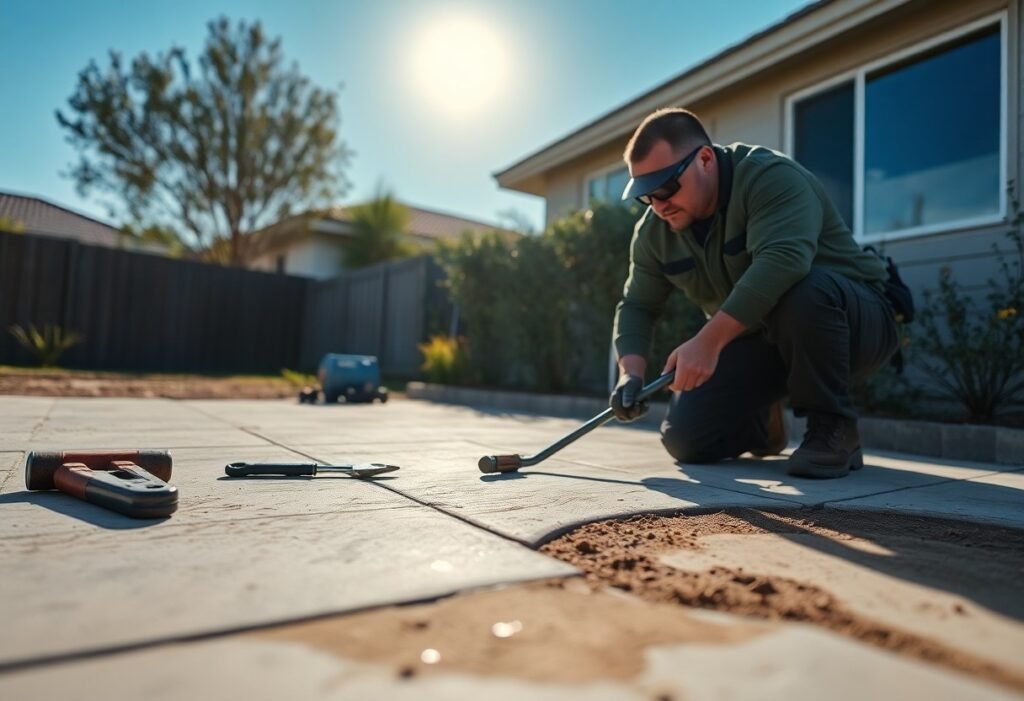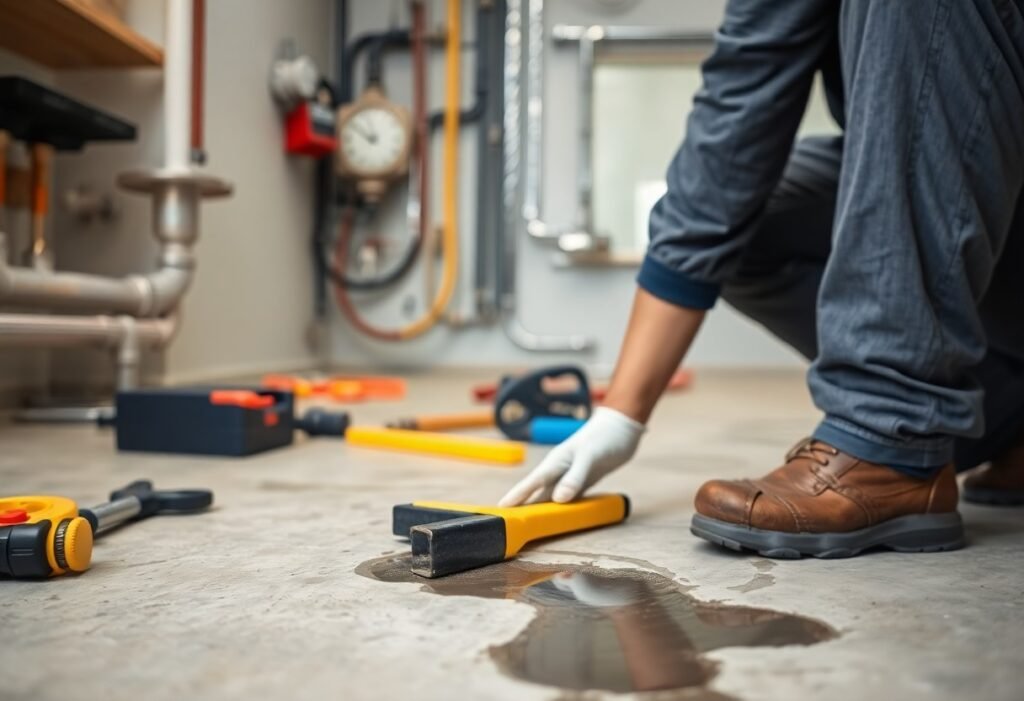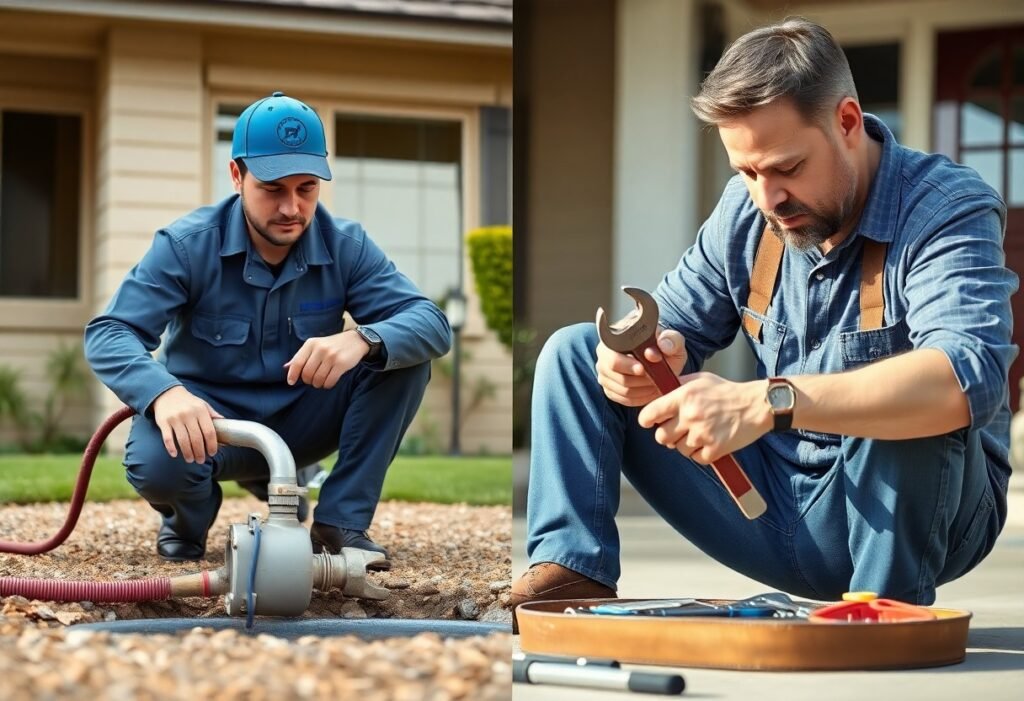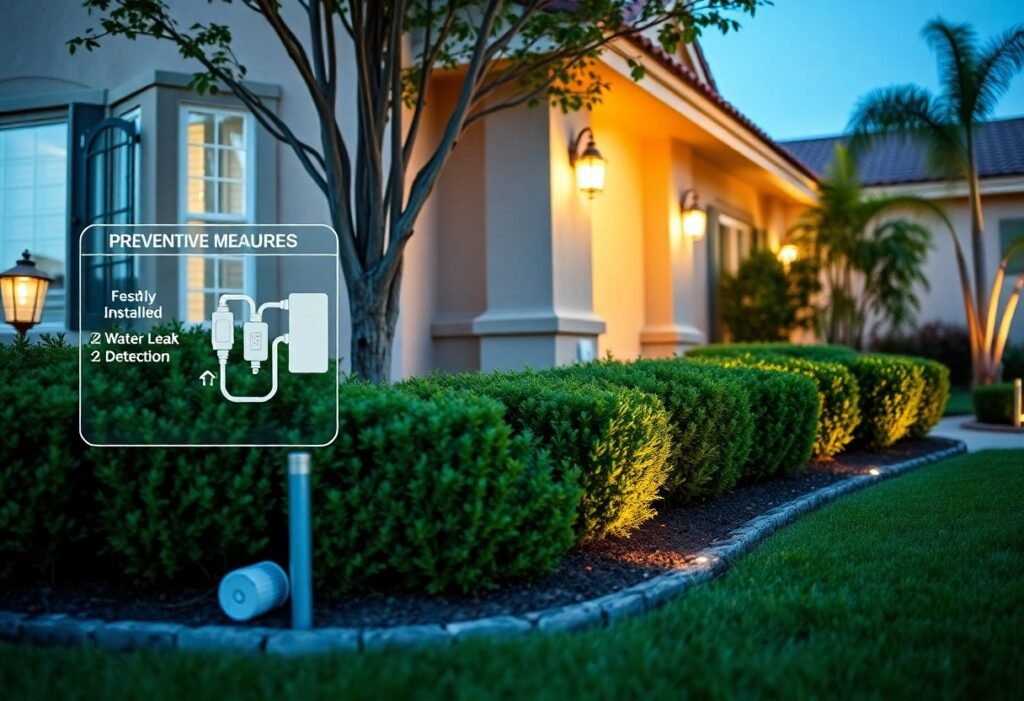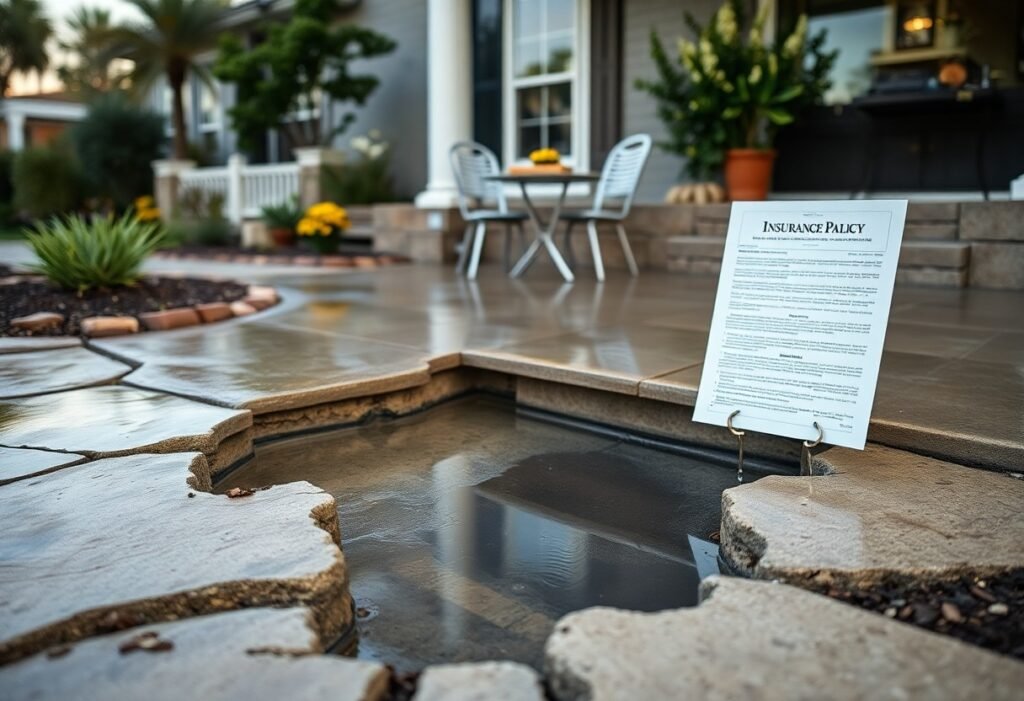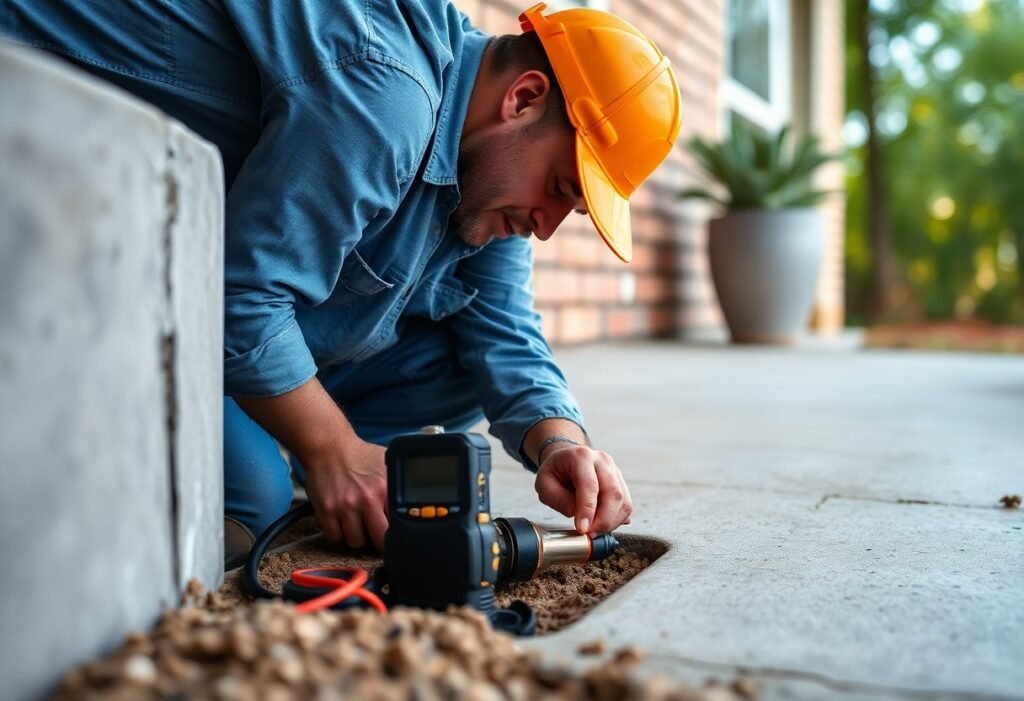What Causes Slab Leaks in Garden Grove, California – And How to Fix Them
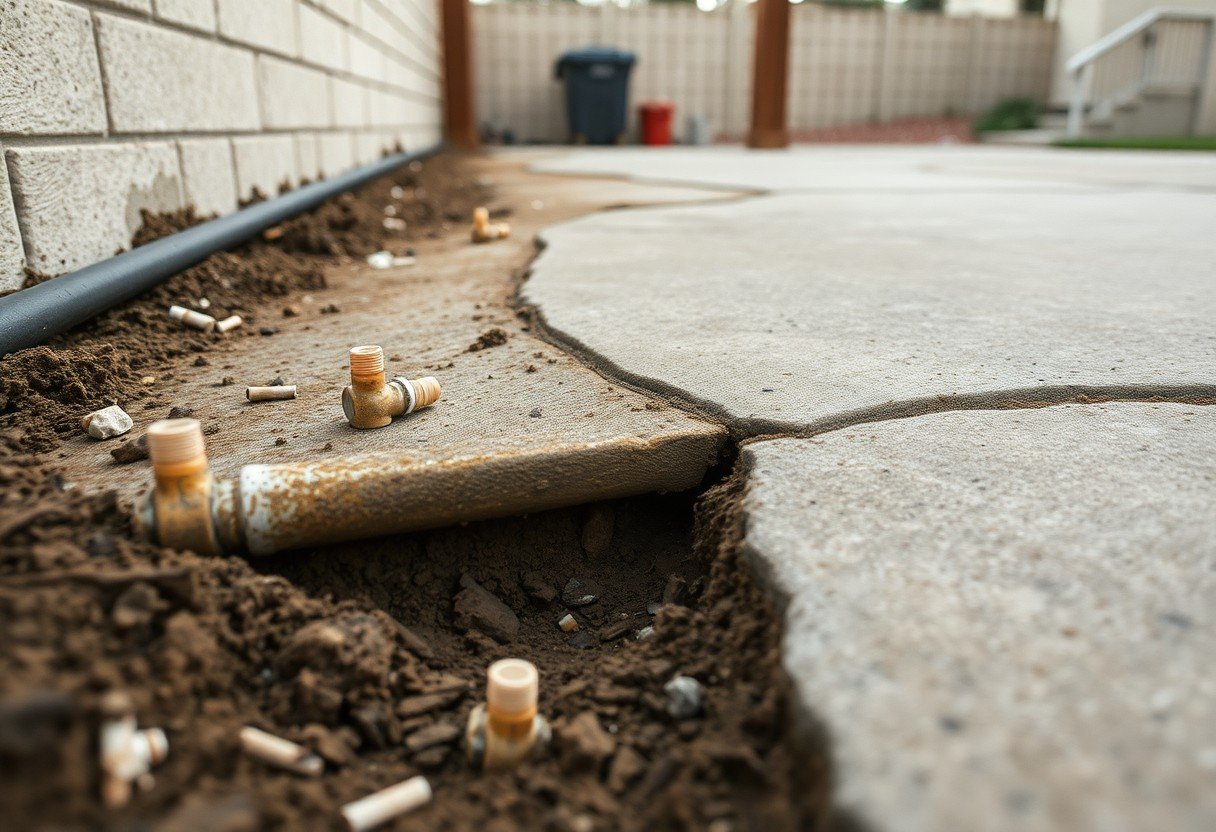
Slab leaks can disrupt your peace of mind, leading to costly repairs and structural damage to your home. In Garden Grove, California, several factors contribute to these leaks, including shifting soil, poor plumbing installation, and even corrosion over time. If you discover a water stain on your floor or experience reduced water pressure, it’s necessary to act quickly. In this post, you’ll learn about the common causes of slab leaks and the steps you can take to effectively identify and resolve them before they escalate into major problems.
Key Takeaways:
- Slab leaks in Garden Grove can be caused by factors such as shifting soil, corrosion of pipes, and faulty installation, which lead to water damage beneath the concrete foundation.
- Signs of a slab leak include damp spots on the floor, unexplained increases in water bills, and the sound of running water while all fixtures are off.
- Fixing slab leaks typically involves locating the leak with specialized equipment and may require repiping or using epoxy coatings to seal the damaged areas.
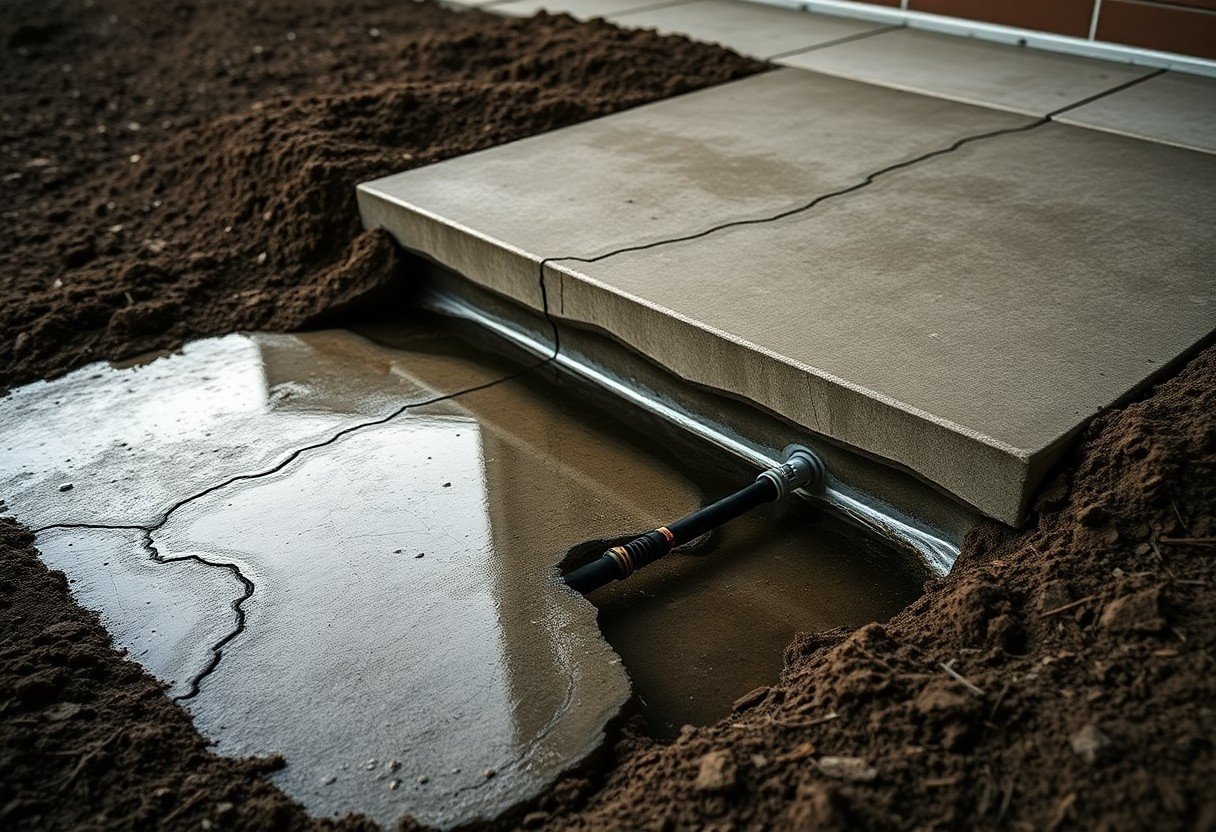
The Environmental Factors Fueling Slab Leaks in Garden Grove
In Garden Grove, several environmental factors can contribute to the onset of slab leaks. These elements include soil composition, moisture levels, and seismic activity. Understanding these factors can help you proactively manage potential issues with your home’s plumbing system. You should consider the following:
- Soil Composition: Clay-rich soils can expand and contract, putting pressure on pipes.
- Moisture Levels: Excessive moisture can accelerate corrosion in pipelines.
- Seismic Activity: The region’s tectonic movements can stress the integrity of foundation structures.
The confluence of these elements can lead to significant plumbing challenges. The need for preventive measures is evident to maintain the integrity of your home’s plumbing system.
Climate Conditions: The Role of Soil Moisture and Temperature
| Factor | Description |
|---|---|
| Soil Moisture | High moisture levels can lead to soil expansion, increasing pressure on plumbing lines. |
| Temperature Variability | Fluctuating temperatures can cause materials to expand and contract, stressing connections. |
Soil moisture and temperature both influence the stability of your home’s foundation. Moisture can lead to soil movement, while temperature variations can compromise pipe materials. In combination, these elements elevate the risk of leaks. Monitoring these conditions can help you identify potential problems early on.
Ground Movement: How Seismic Activity Affects Slab Integrity
Seismic activity in California poses a significant threat to the structural integrity of your home’s slab foundation. The vibrations from earthquakes can induce ground movement that alters the position of your plumbing lines. When seismic events occur, they may lead to cracks and shifts in the slabs themselves, which can initiate leaks. Ultimately, the persistent ground movement can compromise plumbing joints and connections, increasing the likelihood of costly repairs.
Awareness of ground movements in your area allows you to be proactive in protecting your plumbing system. Following an earthquake or tremor, it’s wise to have a professional check your plumbing lines for possible damage. By catching issues early, you can prevent extensive water damage and costly repairs down the line.

The Pipe Deterioration Dilemma: Material and Age Considerations
Understanding the materials and age of your plumbing system is vital to addressing slab leaks. Different pipe materials have unique lifespans and vulnerabilities that can exacerbate leak development over time. Consult the Top 5 Concerns about Slab Leaks for insights into your home’s specific situation, as this knowledge will help you take preventive measures or seek necessary repairs.
Common Materials Used in Plumbing: Strengths and Weaknesses
Plumbing systems often consist of materials like PVC, copper, and galvanized steel, each with distinct strengths and weaknesses. While PVC is lightweight and resistant to corrosion, copper is durable but susceptible to pinhole leaks and corrosion in certain conditions. Galvanized steel may handle high pressure well but can rust over time, leading to significant leaks, especially in aged installations.
The Impact of Aging Pipes on Leak Development
As pipes age, the structural integrity diminishes, increasing the likelihood of developing leaks. Older pipes are more susceptible to wear and tear caused by corrosion, pressure fluctuations, and environmental factors. Homes built several decades ago might have materials like galvanized steel that break down over time, culminating in slab leaks. Regular inspections can help you catch these issues early, ensuring your plumbing remains reliable.
Over the years, factors such as temperature changes and soil movement can compound the challenges posed by aging pipes. For instance, a house with copper plumbing might face accelerated deterioration due to the acidic soil common in Garden Grove. If your plumbing system has surpassed its typical lifespan of 50 years, investing in a thorough evaluation is vital. Addressing pipe conditions early can save you significant costs related to extensive water damage and costly repairs over time.
Construction Practices That Contribute to Slab Leaks
Inadequate construction practices can significantly heighten the risk of slab leaks in Garden Grove. Issues like improper soil compaction, substandard materials, and insufficient waterproofing measures can all cause premature wear on piping and the foundation of your home. Consequently, it’s vital to ensure that any construction or renovation work adheres to the highest standards to mitigate potential leaks. For expert help, consider seeking Slab Leak Detection & Repair services to safeguard your property.
Foundation Design Flaws and Their Outcomes
Design flaws in the foundation can lead to significant structural disparities, causing uneven pressure on plumbing lines. This tension can accelerate wear and tear, increasing the likelihood of leaks. For instance, if pipes run too close to edges without proper insulation, they may crack or burst due to soil shifts or temperature fluctuations. Addressing these design issues promptly can prevent costly repairs and extensive damage to your home.
Quality of Workmanship: Common Errors in Installation
Poor workmanship is often a root cause of slab leaks, as careless installation of plumbing lines can lead to immediate issues. For example, improperly joined pipes or the use of low-grade materials can make them susceptible to leaks. Additionally, failed pressure testing after installation may leave hidden vulnerabilities that can manifest as leaks long after the work is completed. It’s vital to engage skilled professionals to ensure your plumbing infrastructure is installed correctly from the beginning.
Common errors during installation include neglecting to account for movement within the foundation, misalignment of pipes, and failure to use suitable fittings for your specific plumbing configuration. Using inferior materials can also lead to early degradation, affecting system durability. Adopting preventive measures such as thorough inspections and using certified plumbing professionals can greatly reduce the risk of these errors and protect you from the expensive ramifications of slab leaks.
Early Warning Signs of a Slab Leak: What to Look For
Identifying early warning signs of slab leaks can save you significant repair costs and prevent extensive damage to your home. Watch for fluctuating water pressure in your fixtures, the sound of running water when all taps are off, and warm spots on your floor, which may indicate hot water leaks. Additionally, persistent moisture in your home’s foundation or unusual cracks in walls can signal a developing leak. Being vigilant about these signs allows for timely action and ultimately safeguards your property from further harm.
Detecting Unusual Water Pooling and Dampness
Unusual water pooling or damp areas on your floor may be an indication of a slab leak. Regularly check for any wet spots, especially in areas that aren’t near any plumbing fixtures. If you notice persistent dampness or the sudden appearance of pools of water, this could suggest a leak beneath the slab. Addressing this concern quickly can prevent the need for more extensive water damage repairs down the line.
Monitoring Utility Bills: Identifying Sudden Increases
A sudden spike in your water bill can serve as a red flag for slab leaks. If you notice an unexplained increase, even when water usage hasn’t changed, it’s wise to investigate further. Evaluating your utility bill against your usual patterns can be a straightforward method to detect potential leaks.
For instance, if your monthly water bill has increased significantly—say by 20% or more—it could indicate a hidden slab leak. Take time to analyze your routine water usage over the previous months to see if the surge is justifiable; if not, consider contacting a professional plumber to perform a leak detection assessment. Slab leaks can cause water wastage that not only impacts your budget but can lead to extensive damages if left unaddressed. Prompt action upon detecting irregularities in your bills can save you from costly repairs.
Effective Repair Strategies for Homeowners
When you discover a slab leak, implementing effective repair strategies is crucial to protect your home from damage. Start by identifying the source of the leak, which may involve using advanced tools like electronic leak detection. Depending on the severity, you might need to consider options such as repiping, rerouting the affected pipes, or even slab lifting. On top of that, always keep a close eye on your foundational structure to preempt further damage. Each of these methods not only resolves the immediate issue but helps fortify your home against future leaks.
Temporary Solutions: What You Can Do Immediately
If you suspect a slab leak, taking quick action can minimize damage. Start by shutting off the water supply to your home to prevent additional flooding. Use towels or buckets to contain any water pooling in your living space while you assess the situation. If you have access to your pipes, apply duct tape or similar materials temporarily to seal any visible leaks until a permanent solution is implemented.
Long-term Fixes: Professional Repairs and Their Benefits
Engaging a professional plumber is the best way to ensure that slab leaks are accurately and thoroughly resolved. Experts can provide a comprehensive assessment and use specialized equipment to pinpoint the leak’s source. This ensures a proper and lasting solution, unlike temporary fixes that might quickly fail. Furthermore, professional repairs can enhance your plumbing system’s efficiency, potentially lowering your water bills and preventing additional damage to your home’s foundation.
Investing in long-term fixes not only repairs the current slab leak but also strengthens your plumbing infrastructure, making it more resilient against future issues. Professionals often offer warranties on their work, providing peace of mind that allows you to enjoy your home without constant worry about hidden leaks. Additionally, integrating modern materials and techniques can result in improved water flow rates and fewer service interruptions, leading to overall enhanced quality of life in your Garden Grove home.
Conclusion
With these considerations in mind, understanding the causes of slab leaks in Garden Grove, California, can empower you to take proactive measures in protecting your home. By addressing factors such as soil movement, aging pipes, and temperature changes, you can mitigate the risk of leaks. If you do find yourself facing a slab leak, timely detection and professional assistance are vital for effective repair. Your home’s water system deserves attention, and taking immediate action will help safeguard your property from further damage.
Q: What are the main causes of slab leaks in Garden Grove, California?
A: Slab leaks in Garden Grove can occur due to several factors. One primary cause is the natural shifting of soil, which can put pressure on plumbing lines fluctuating under the foundation. Additionally, corrosion of plumbing pipes, especially those made of copper, can lead to leaks over time. Water quality in the area, including high mineral content, can also contribute to pipe degradation. Other contributing factors can include poor construction practices, which may leave pipes vulnerable to damage, and the aging of the home’s plumbing system.
Q: How can I detect a slab leak in my home?
A: Detecting a slab leak early can prevent significant damage to your home. Homeowners should be vigilant for signs such as the sound of running water even when all fixtures are off, warm spots on the floor, or an unexplained increase in water bills. Water pooling in certain areas of your home is another sign. Additionally, if you notice mold growth on floors or walls, it may also indicate a hidden leak. Professional plumbing services can provide leak detection methods using advanced equipment like thermal imaging cameras and sound detection devices to locate the leak accurately.
Q: What are the most effective methods to fix a slab leak?
A: There are several methods to fix a slab leak, and the best solution often depends on the location and severity of the leak. One common method is to access the leak through the slab and repair the damaged pipe directly. Another approach is to reroute the plumbing lines above the ground, avoiding the need to break through the slab entirely. Pipe relining may also be an option, where a thin lining is inserted into the existing pipe to seal leaks. It’s important to consult with a licensed plumbing professional to determine the best course of action for your specific situation, ensuring that the repair is both effective and durable.

